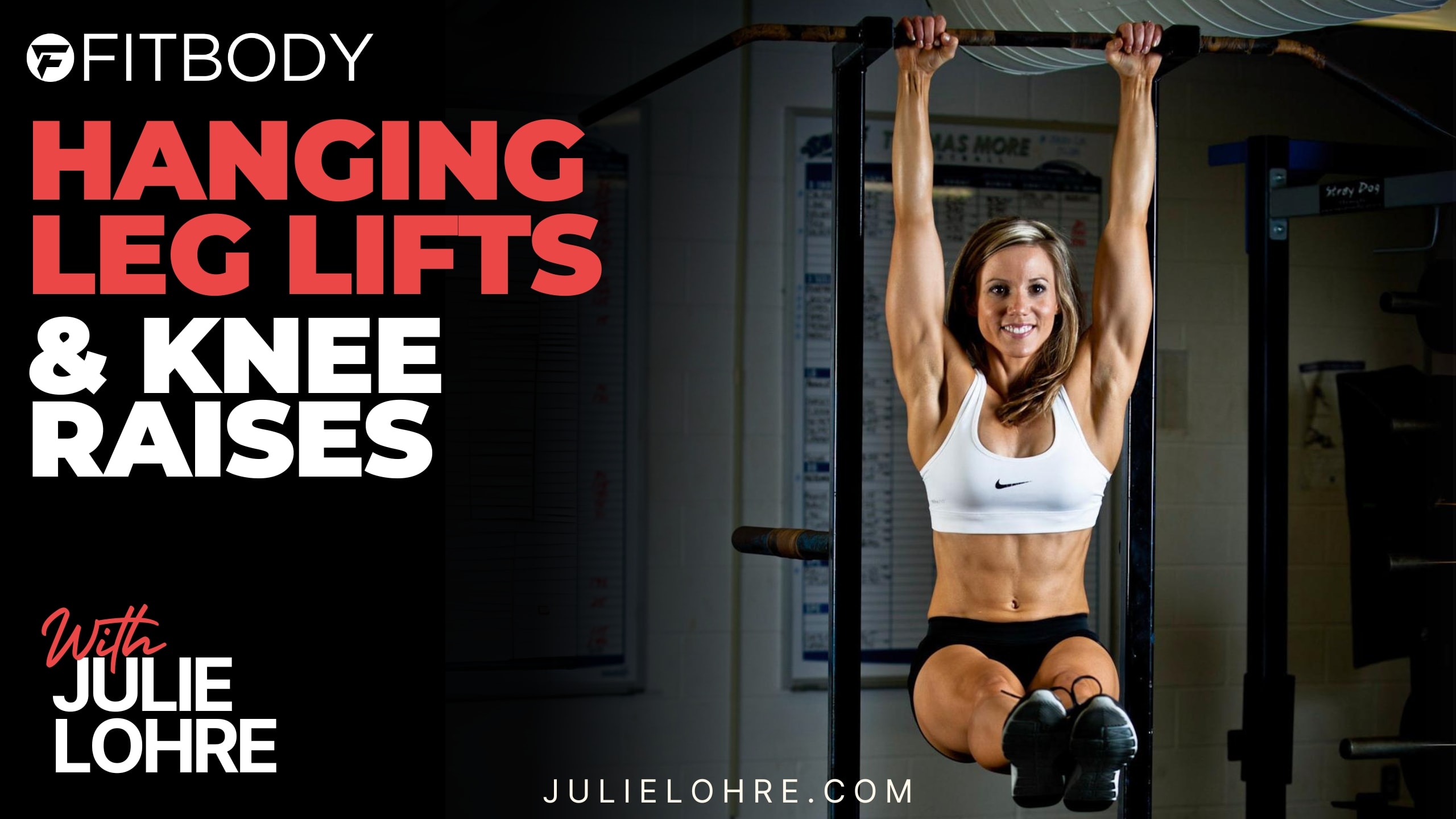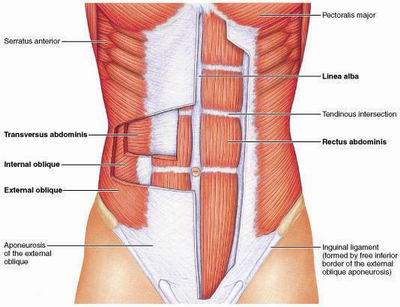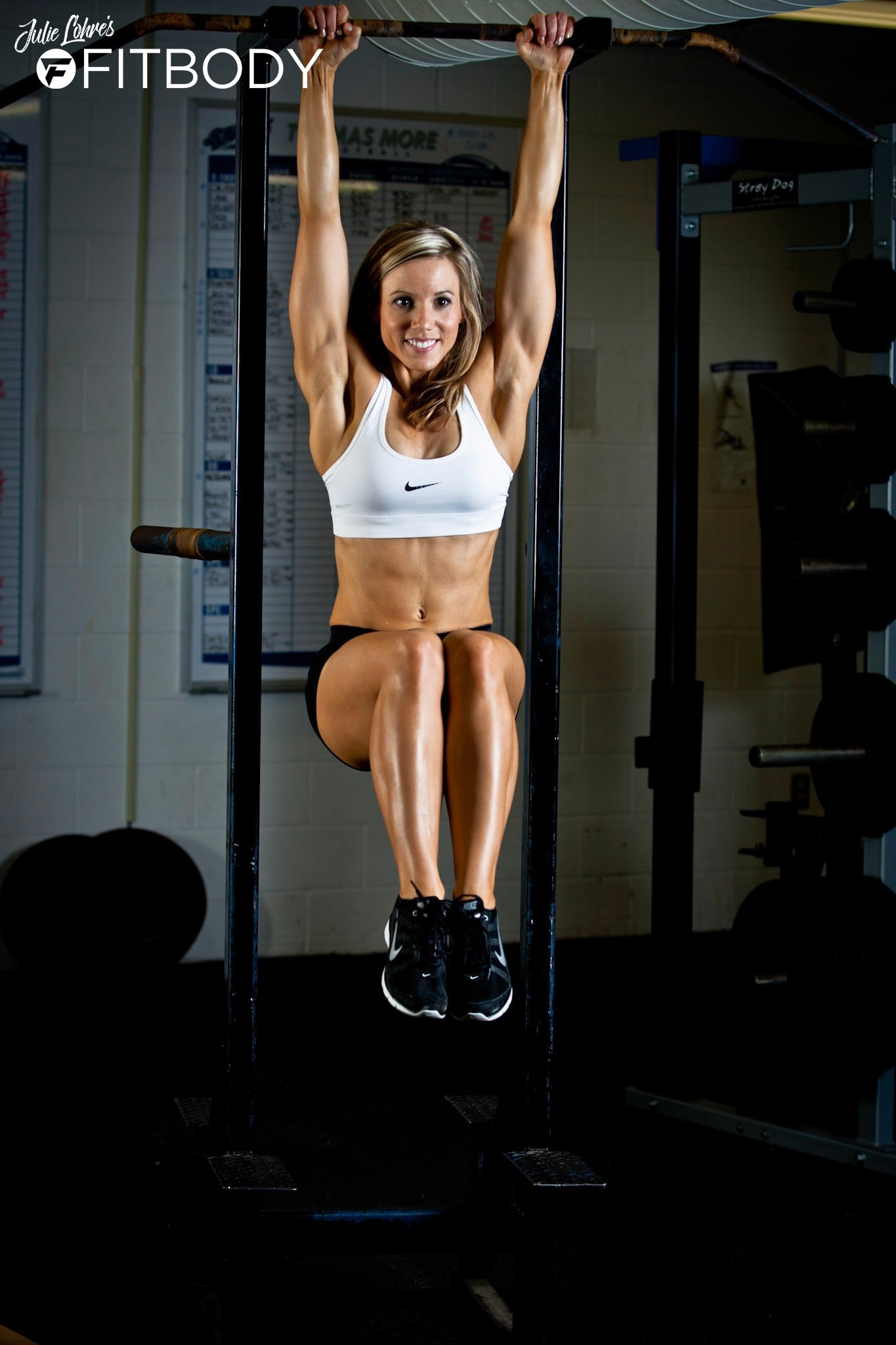Hanging Leg Lifts and Modified Hanging Knee Raises for Abs

Hanging leg lifts are a staple in my ab fitness routine because they are a powerful exercise that can enhance core strength and improve overall fitness. This exercise, along with its modified versions like hanging knee raises or hanging crunches, is particularly beneficial for women looking to strengthen their abdominal muscles and enhance their physical conditioning. I first encountered this awesome ab burner back in my days as a gymnast and have loved incorporating them itno my workouts ever since. In this article, I will share with you the specifics of hanging leg lifts, provide step-by-step instructions, explore the muscles targeted by these exercises, and discuss their advantages and potential disadvantages. Additionally, I will show you how the modified versions like hanging knee raises and offer guidance on how often to include these exercises in your weekly fitness routine. Let’s dive in!
What are Hanging Leg Lifts?
Hanging leg lifts are a type of strength training exercise that primarily targets the abdominal muscles. Performed by hanging from a bar and lifting the legs in a controlled manner, this exercise challenges and strengthens the core muscles. It requires minimal equipment, usually just a pull-up bar, making it accessible for gym-goers and home exercisers alike.
Step-by-Step Directions to Doing Hanging Leg Lifts
- Find a Stable Bar: Start by locating a pull-up bar or a similar sturdy, horizontal bar that can support your weight. When I was a gymnast we used a high bar or to make this movement very difficult, you can use a bar that is within inches of a wall
- Grip the Bar: Grip the bar with your hands shoulder-width apart, palms facing away from you.
- Assume the Starting Position: Allow your body to hang straight down, keeping your legs together and feet slightly off the ground.
- Engage Your Core: Before lifting your legs, engage your core muscles to stabilize your body.
- Lift Your Legs: Slowly lift your legs in front of you, keeping them straight, until they are parallel to the ground.
- Control the Movement: Hold the position briefly, then slowly lower your legs back to the starting position.
- Repeat: Continue for the desired number of repetitions.


Muscles Worked by Hanging Leg Lifts and Knee Raises

Both hanging leg lifts and knee raises primarily target the rectus abdominis (the front part of your abs). Secondary muscles engaged include the obliques (side abs), hip flexors, and, to a lesser extent, the muscles of the lower back. The hanging knee raise, being a modified version, is slightly less intense but still effective for beginners or those with lower back concerns.
Modifications: Hanging Knee Raises or Hanging Crunch | Knee Tuck
While it goes by a variety of names, the hanging knee raise or hanging crunch is a modified version of the leg lift that allows for the knees to be bent toward the chest instead of requiring them to remain straight as with the full leg lift.


In fact, there are many ways to modify a hanging leg raise for an intermediate exerciser. These involve introducing variations that increase the challenge of the exercise without being overly demanding like advanced movements. Here are several effective modifications:
- Knee to Elbow Lifts: Instead of lifting legs straight up, bring your knees up and try to touch your elbows. This variation not only works the lower abs but also engages the obliques due to the twisting motion.
- Single-Leg Raises: Lift one leg at a time while keeping the other leg bent or straight down. This not only challenges the core but also improves balance and stability.
- L-Sit Holds: Instead of doing repetitive movements, hold your legs out in front of you at a 90-degree angle, forming an ‘L’ shape with your body. This isometric hold strengthens the core and improves endurance.
- Windshield Wipers: After lifting your legs up, slowly move them from side to side in a windshield wiper motion. This variation targets the obliques and the entire abdominal region more comprehensively.
- Raised Leg Circles: Lift your legs and rotate them in a circular motion. This variation enhances the engagement of the hip flexors and the lower abdomen, along with the core.
- Weighted Ankle Raises: Adding light weights to your ankles increases resistance, making the exercise more challenging and helping to build more strength.
- Controlled Tempo: Perform the leg raises at a slower tempo, focusing on the eccentric (lowering) phase. Slowing down the movement increases time under tension, which is beneficial for muscle growth and strength.
- Partial Range of Motion: Instead of lifting the legs all the way up, lift them to a 45-degree angle and hold for a moment before lowering. This can help in focusing on the lower abdominal muscles specifically.
- Tuck Raises: Bend your knees and lift them towards your chest, then extend your legs out in front of you at hip level, and finally lower them down. This variation combines knee raises and leg extension, adding complexity to the movement.
Each of these variations adds a different dimension to the hanging leg raise, making them suitable for intermediate exercisers who are looking to progress from basic hanging knee raises. It’s important to maintain good form throughout the exercises to maximize benefits and reduce the risk of injury.
Disadvantages of Hanging Leg Raises
Hanging leg lifts or raises are an advanced exercise and not right for everyone. Some of the disadvantages include:
- Risk of Lower Back Strain: If not performed correctly, hanging leg raises can put undue stress on the lower back.
- Requires Grip Strength: These exercises demand significant grip strength, which can be a limiting factor for some.
- Not Suitable for All Fitness Levels: They can be too challenging for beginners or individuals with certain injuries as the strength required is significant.
Benefits of Hanging During These Movements
When considering core exercises, many might default to traditional floor-based movements like crunches or lying leg raises. However, opting for hanging exercises like hanging leg lifts or knee raises can offer unique advantages that significantly enhance the effectiveness of your workout.
Enhanced Core Engagement and Stabilization
- Increased Core Activation: The instability created when you’re hanging forces your core muscles to engage more intensely. This enhanced engagement is not just about lifting the legs; it’s about maintaining body control and balance, which activates even the deeper core muscles.
- Dynamic Stability Training: Hanging exercises serve as an excellent form of dynamic stability training. Your core isn’t just working in a single plane of motion; it’s actively stabilizing your entire body against gravity and momentum, providing a comprehensive core workout.
Improved Range of Motion and Flexibility
- Greater Range of Motion: Hanging from a bar allows your legs to move through a full and more natural range of motion compared to lying on the floor. This full extension and contraction of the muscles during the exercise enhance flexibility and can lead to improved muscle elongation.
- Decreased Compression on the Spine: Unlike floor exercises, hanging leg raises reduce compression on the spine. This position allows the spine to elongate, which can be beneficial for spinal health and may reduce the risk of back pain commonly associated with floor-based core exercises.
Enhanced Functional Strength
- Mimics Real-Life Movements: Hanging exercises more closely replicate real-life scenarios where you need to control your body in space, like climbing or lifting. This functional aspect of hanging exercises can improve overall athletic performance and daily functional movements.
- Comprehensive Muscle Engagement: Besides the core, hanging exercises also engage the shoulders, arms, and grip, providing a more holistic workout. This multi-muscle engagement can lead to improved overall body strength and coordination.
Reducing Monotony in Workouts
- Variety and Challenge: Incorporating hanging exercises can break the monotony of traditional core workouts. The added challenge of maintaining stability and controlling movement adds an engaging element to your routine, which can be motivating and fulfilling.
- Scalability for Progression: Hanging exercises offer scalability. Beginners can start with knee raises and gradually progress to straight leg lifts, adding variety and a clear path for progression in their fitness journey.
In summary, hanging exercises like leg lifts and knee raises offer a multifaceted approach to core strengthening, emphasizing dynamic stability, increased range of motion, functional strength, and workout variety. These factors combine to make hanging exercises a valuable addition to any core-strengthening regimen, particularly for women looking to enhance their overall fitness and core stability.
Frequency of Exercise for Women
For optimal results, women should aim to include hanging leg lifts or knee raises in their workout routine 2-3 times a week. It’s essential to allow sufficient rest between sessions to prevent overtraining and to give the muscles time to recover and strengthen. As with any exercise regimen, consistency and proper form are key to achieving the best results.

